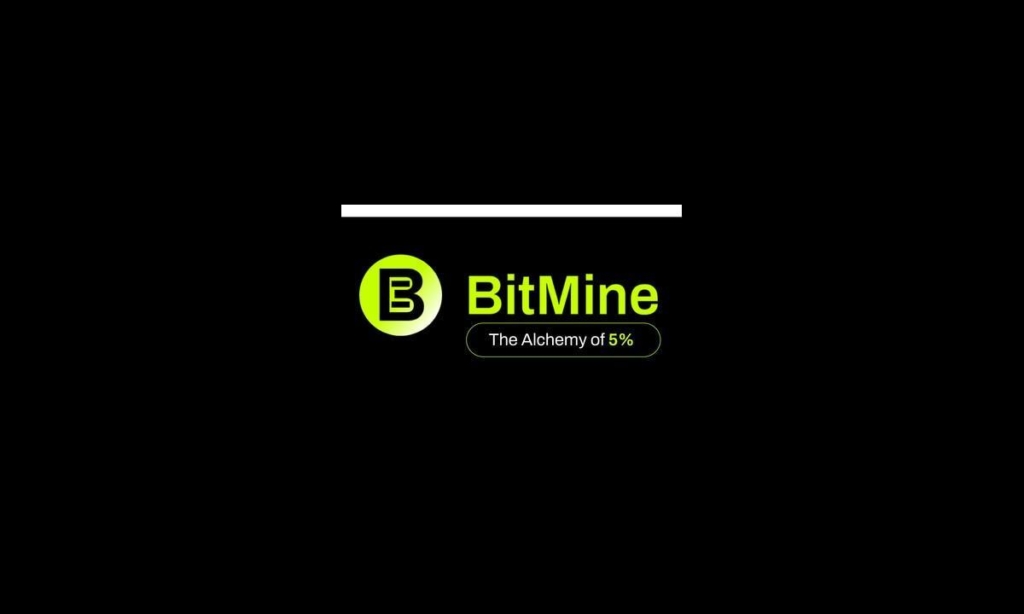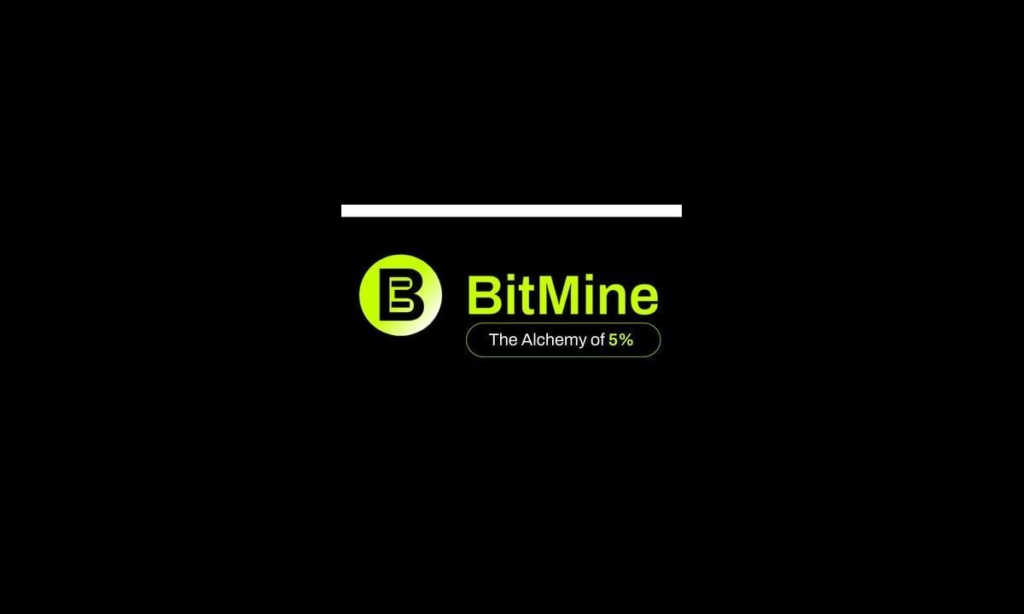Recent on-chain data analysis has unveiled that the top ten largest whales on the Ethereum network have amassed a staggering 31.8 million ETH, setting a new all-time high.
These self-custodial addresses, excluding centralized platforms, have been consistently growing their holdings over the years. The influence of these whales on the market cannot be overlooked, as their movements have the potential to significantly impact Ethereum’s price.
Let’s delve deeper into the insights provided by Santiment’s on-chain analytics and explore the trends observed among these powerful investors.
Santiment’s research has identified the ten largest non-centralized addresses on the Ethereum network, known as the largest ETH whales.
These entities have been steadily increasing their ETH holdings, making them key players in the ecosystem. By closely monitoring their activities, market observers can gain valuable insights into the direction of the market.
A comprehensive chart showcasing the combined balance of these top Ethereum whales over the years demonstrates their consistent accumulation of ETH.
However, there was a deviation from this trend during the bear market of 2022, marked by events such as the LUNA collapse and the 3AC bankruptcy.
During this period, these investors witnessed a decline in their holdings, potentially indicating their participation in the market selloff.
Following the bear market, Ethereum’s largest whales swiftly resumed their accumulation strategies. Their buying spree has persisted throughout the current market rally, with the past few months witnessing an even sharper uptrend in their holdings. This notable surge in accumulation indicates their confidence in Ethereum’s long-term prospects.
Interestingly, as the largest whales increased their holdings, the supply of ETH on exchanges saw a decline. This suggests that the coins withdrawn from exchanges were absorbed by these prominent investors, opting for self-custody solutions.
This trend further solidifies the significance of these whales as they actively contribute to reducing the supply available on exchanges.



